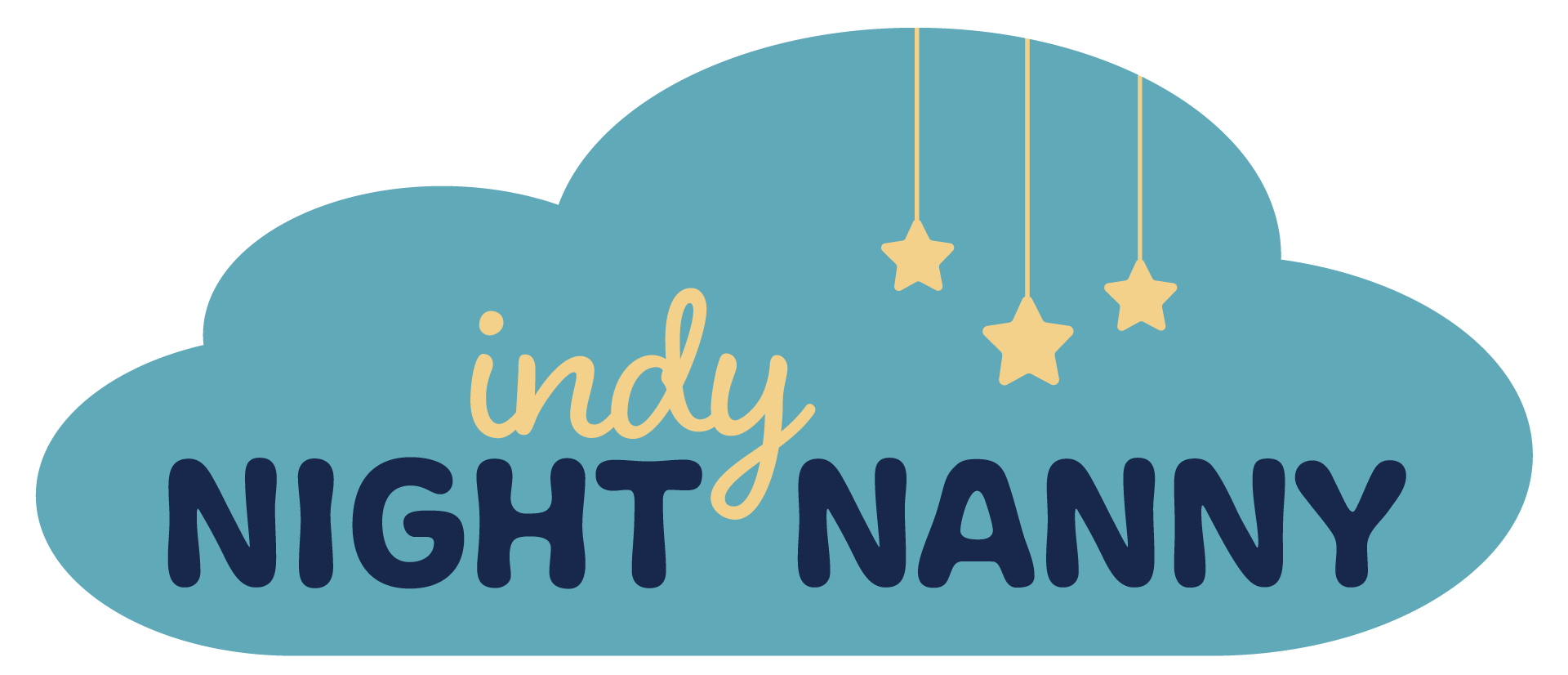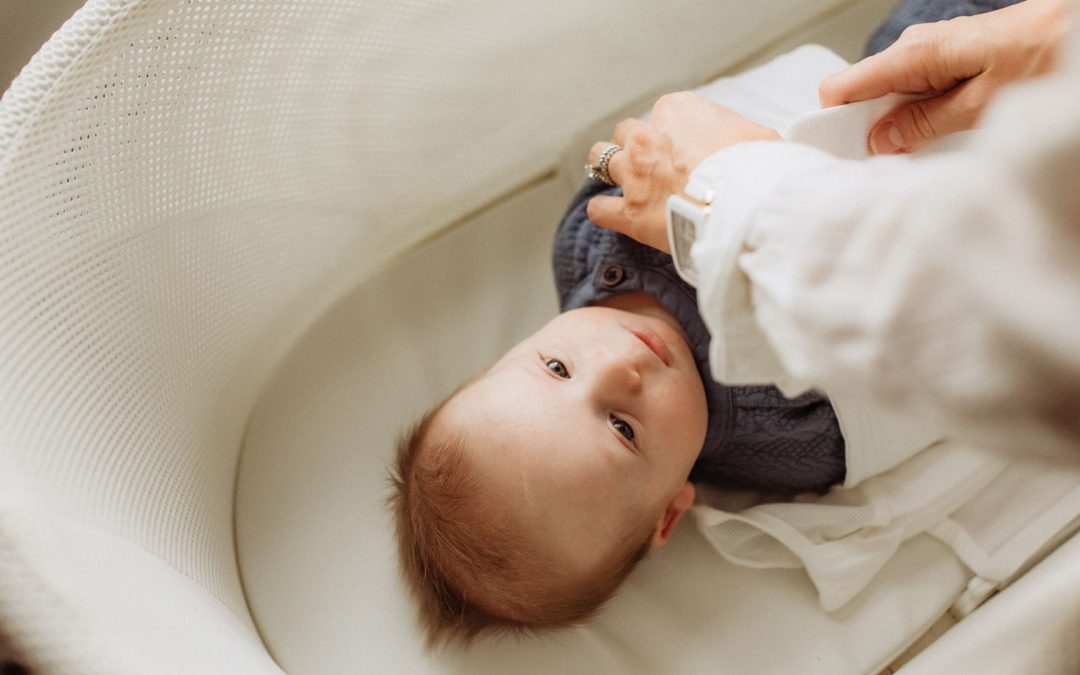SNOOs for Snooze: Indy Night Nanny’s Best Practices for Using a Snoo
Dr. Harvey Karp’s books have long been on Indy Night Nanny owner Zaneta Evans’ list of suggested reading for parents, and she looks to him for advice in the field of developing healthy sleep habits for infants. So when Dr. Karp introduced the SNOO Smart Sleeper, she was intrigued.
Now with years of practice working with families who choose to utilize a SNOO for their infant, our team of night nanny experts have developed some best practices and things to avoid to ensure the desired results of healthy sleep habits are achieved. Like any other well-intentioned baby product, it has a time and a place for maximum benefits, but it’s not vital. The Indy Night Nanny team works with plenty of families who, for one reason or another, choose not to invest in a SNOO, and we’re able to still get the same results of healthy sleep routines and ample rest for parents. We work alongside families to get on a path to restful nights, whatever that looks like for their specific family.
What We Love About the SNOO
We believe the techniques behind the SNOO are tried and true. We use the same elements as the SNOO when baby is in a bassinet or crib – white noise, swaddling, and soothing.
We do love the swaddles that come with the SNOO, but be sure to use the correct size. As your baby grows, you’ll need to adjust which one you use. It’s much easier to put an awake baby in a swaddle, and we suggest that anyways, as it helps teach your baby to fall asleep on their own. Plus, it’s difficult to transfer a baby who’s asleep into the SNOO’s swaddle properly.
We never encourage older babies going to bed with a bottle, and we work with families to help infants soothe themselves to sleep without one as well. The SNOO helps baby both fall asleep and stay asleep without the crutch of a bottle.
We also love that it has multiple settings and run options so you can adjust to your baby’s needs. The motion capabilities can be limited, including a ‘wean’ setting to help with the transition to their crib.
The SNOO can also be a helpful tracking and analytics tool to measure your baby’s sleep progress over time, because it records how much it needs to soothe your baby overnight. This data also shows you your baby’s patterns, which can be helpful in establishing routines and ensuring you’re making progress.
When a baby is premature and you have extra weeks of the newborn phase at home, the SNOO can be a helpful tool that saves you from getting up to soothe them every hour for three minutes. The SNOO will do it for you, and it will allow you to get more rest.
NICU babies are often used to sleeping with a lot of comforts that aren’t allowed in the same way once they are home. For example, some NICU babies sleep on their tummies, but once they’re at home and no longer under constant supervision and hooked to monitoring devices, this is no longer possible. So oftentimes, sleeping decreases once the baby starts sleeping at home and being placed solely on their back. The SNOO can be a safe way for that NICU baby to still be comforted and cozy but not on their stomach.
What We Don’t Love
Most of what we don’t love about the SNOO comes down to how you use it, rather than the device itself. The exception to that is the noise machine. The white noise isn’t loud enough at baseline, so we suggest another white noise machine to play in your nursery. The SNOO’s white noise machine will be on all the time and serve as bonus noise as it cycles up or down with each setting, but our expertise tells us it’s just not loud enough.
One of the core foundations of our work is developing routines – both night and day. With this in mind, we suggest using the SNOO for all naps and nighttime sleeps. That way, baby gets used to the consistency of the device, recognizes it as sleep time, and starts to develop sleep cycles.
It’s important to use the appropriate setting for your baby’s stage of development. We actually recommend using the ‘wean’ setting for most newborns, as most babies don’t need it to rock them all night if they have an easy temperament and are not having tummy issues or sleep trouble. On the ‘wean’ setting, the SNOO will hear your baby wake and respond, but otherwise, it will let your baby sleep without motion, which is preparing them for the transition to their crib. Additionally, be sure not to use the premature setting for a full term baby, as it won’t be enough motion to be effective.
Once baby is ready, usually around 8 weeks after their due date, it’s time to transfer them to their crib.
The SNOO is like any other sleep tool – it can be great and provide maximum benefits when used properly, but it’s not vital. It can be more useful for some than others, and we’re skilled to help all families get on a path to restful nights.
Follow along with us @indynightnanny for more tips and updates.
Follow along with us @indynightnanny.

